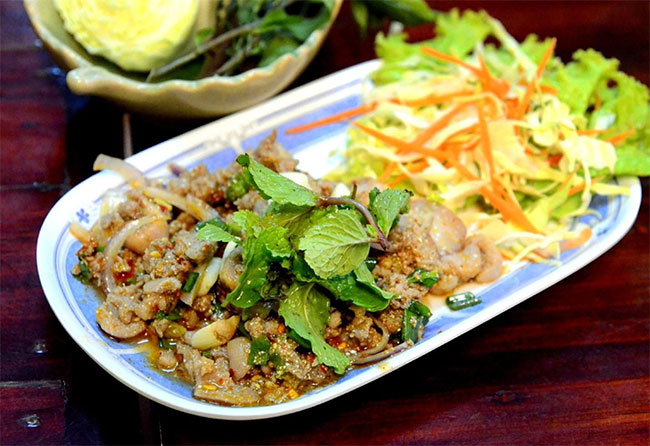Terry Drury | Drury Outdoors

On the same afternoon that I took the 11-pointer at my brother Mark’s farm, my niece, Taylor, took a nice buck on a farm 25 miles away.
We’ve learned that on the day when deer are moving after the rut, there usually will be a tremendous buck movement on that same day on other properties close to the land where you're seeing bucks. After I took my buck, we sent Taylor a text that said, “Bingo, I've got my buck. Now it’s your turn to take one.”
Only a few minutes later, she took a 148-inch, 5-1/2-year-old 8-pointer, and she took her buck with her Traditions muzzleloader also.
I believe the elements that have to come together to consistently take bucks after the rut are:
- cool temperatures,
- a rising barometric pressure,
- plenty of food for the bucks to eat, and
- a place that has had very little or no hunting pressure throughout the entire deer season.
Those cold temperatures will drive those bucks to a good food source where they haven’t encountered a hunter before and to a spot where you probably have trail camera pictures of the buck, especially before the season.
If you're hunting a small property, you can still manage your deer to produce older-age-class bucks. Mark tries to meet with the landowners whose properties touch his land. Many of those adjacent landowners will manage deer the same way Mark does. They’ll let the little bucks walk and allow those bucks to become older bucks. Mark and some of his adjacent landowners also often share trail camera pictures of the bucks they're seeing before, during and after the season. They’ll often agree on the bucks they’ll pass up to allow those bucks to grow, obtain heavier body weights and produce more and bigger antlers. You would be amazed at the size bucks will grow, if you have the cooperation of neighbors around the property you hunt.
The other advantage to this system of management is that all the landowners in that area who are participating in this type buck management can begin to develop a history of the bucks for which they get trail camera pictures. If you have trustworthy neighbors that you know won’t harvest a buck that you and the other neighbors agree not to harvest until he's 5-1/2 years old, you can grow some really big bucks on several small properties that are contiguous to one another.
Another thing I like about hunting post-rut bucks is that you can kind of go on cruise control. By that I mean, if you’ve been hunting hard during the rut and in the post rut, you can sleep in. Just go out in the afternoons to the spots where no one has hunted all season, where there’s a favorable wind to hunt, an abundance of food for the deer and trail camera pictures of deer coming to that same spot before the season and maybe coming to that same place for maybe several years. I really like to hunt the late season. For me, those hunts are much more relaxed, and I feel the odds are much better for taking older-age-class bucks than they often are when I hunt the rut.



























